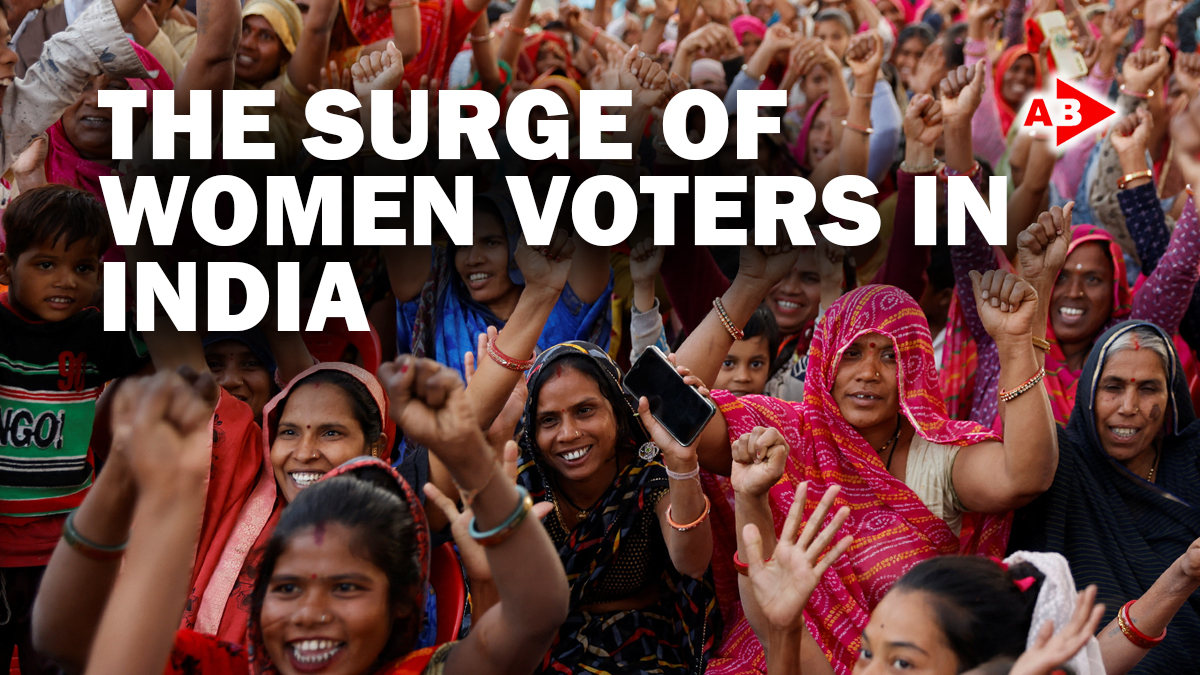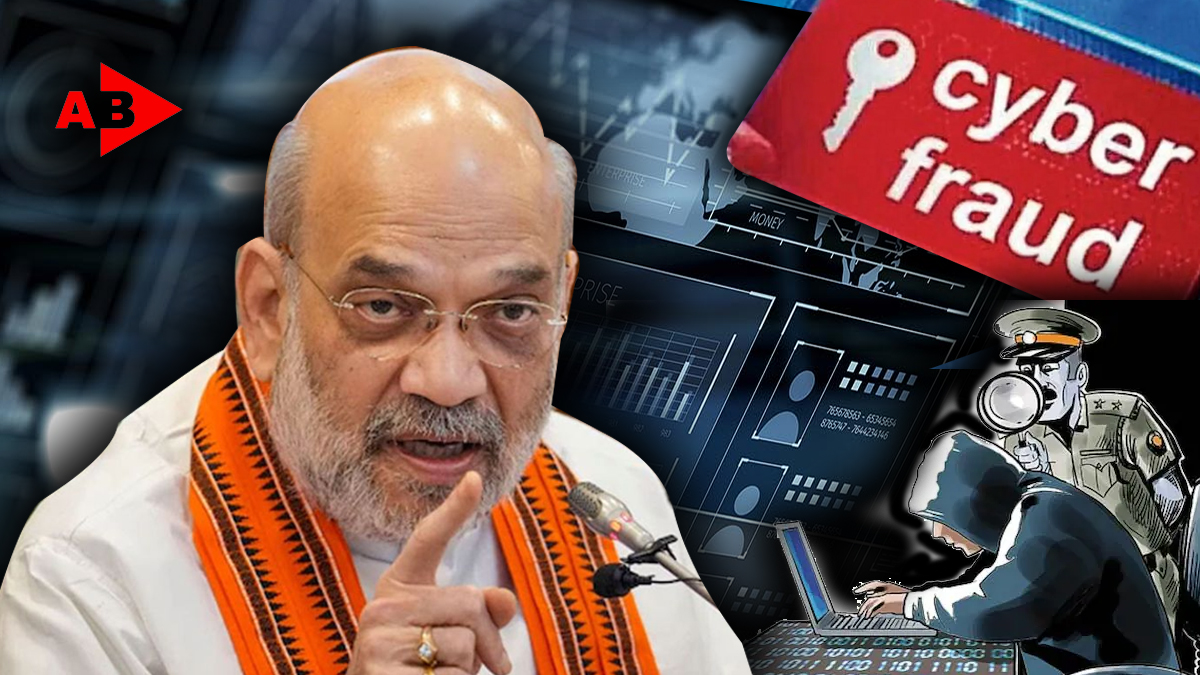
Recent SBI survey reveals notable increase in women voters driven by government initiatives focused on women’s welfare and empowerment.
AB News, New Delhi: In recent years, the Indian government has introduced various projects aimed at empowering women, resulting in a notable increase in the number of female voters across the country. According to a recent survey conducted by the State Bank of India (SBI), these initiatives have significantly contributed to the rise of women voters, marking an increase of approximately 1.8 crore female voters in the upcoming 2024 Lok Sabha elections compared to 2019. Utilizing data from India’s Election Commission, the SBI research sheds light on the correlation between women-centric welfare projects and voter turnout.
The survey highlights that improvements in literacy, the construction of toilets, access to microfinance, and housing schemes have been instrumental in this trend. For instance, it was noted that a mere 1% increase in literacy rates has encouraged an additional 45 lakh women to participate in elections. Furthermore, the Prime Minister’s Housing Scheme has enabled around 20 lakh women to vote, owing to the ownership benefits provided through these projects. Access to electricity and improved drinking water facilities have also played a pivotal role in motivating women’s electoral participation.
In the 19 states that have effectively implemented women-centric development projects, an average increase of 7.8 lakh in women’s voting rates was recorded, contributing to a total increase of 1.5 crore female voters nationwide. In contrast, states that failed to execute such initiatives saw only a marginal increase of approximately 2.5 lakh women voters.
The data indicates that there is a significant impact of welfare initiatives on the voting patterns of women. The increase in home ownership has particularly led to a surge of around 20 lakh women voters, with 74% of the houses built under the Prime Minister’s Housing Scheme being owned solely or jointly by women. Additionally, the implementation of toilet construction initiatives has resulted in nearly 21 lakh more women voters noted for the upcoming elections.
While these trends are encouraging, the SBI Research Report has cautioned against the uncontrolled expansion of welfare projects. The report recommends that welfare spending be confined to 1% of the Gross Domestic Product (GDP) to ensure sustainable growth.
In conclusion, India’s focus on women empowerment through targeted welfare schemes has shown promising results in enhancing female voter engagement in elections. As we approach the 2024 elections, understanding these dynamics will be crucial in ensuring continued progress in women’s representation in the political arena.


